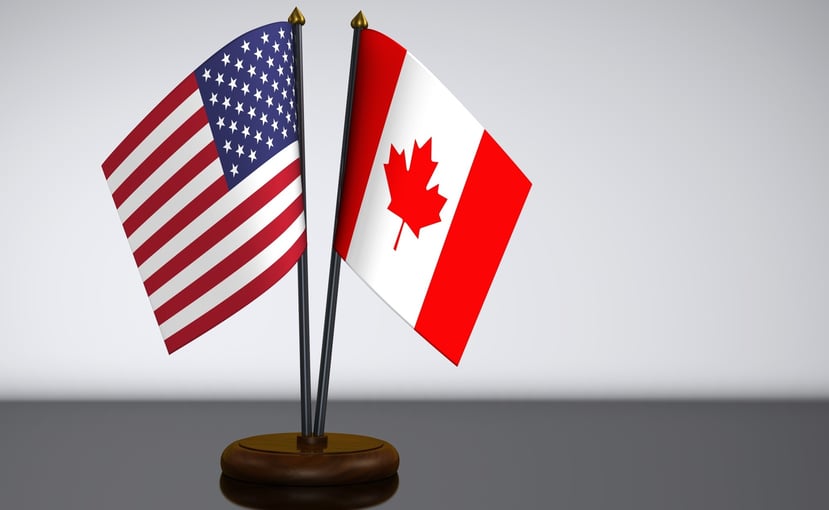
Assuming you can drown out the blockchain chatter, artificial intelligence (AI) is this year’s hottest financial services topic. Although IBM’s Watson and Google’s Deep Mind remain somewhat abstract concepts from a mass market perspective, consumer breakthroughs like Siri and Amazon Alexa have begun to set expectations for banking interactions, leading to high-profile rollouts like Bank of America’s virtual assistant, Erica.
Most of the early-stage rollouts, focusing on chatbots and fraud detection, are coming from the industry’s largest players. Credit unions and community banks cannot afford to fall too far behind the curve and need ample opportunity to participate in exploratory ventures. At the same time, it’s important to remain mindful of AI’s potential downsides if not properly implemented.






